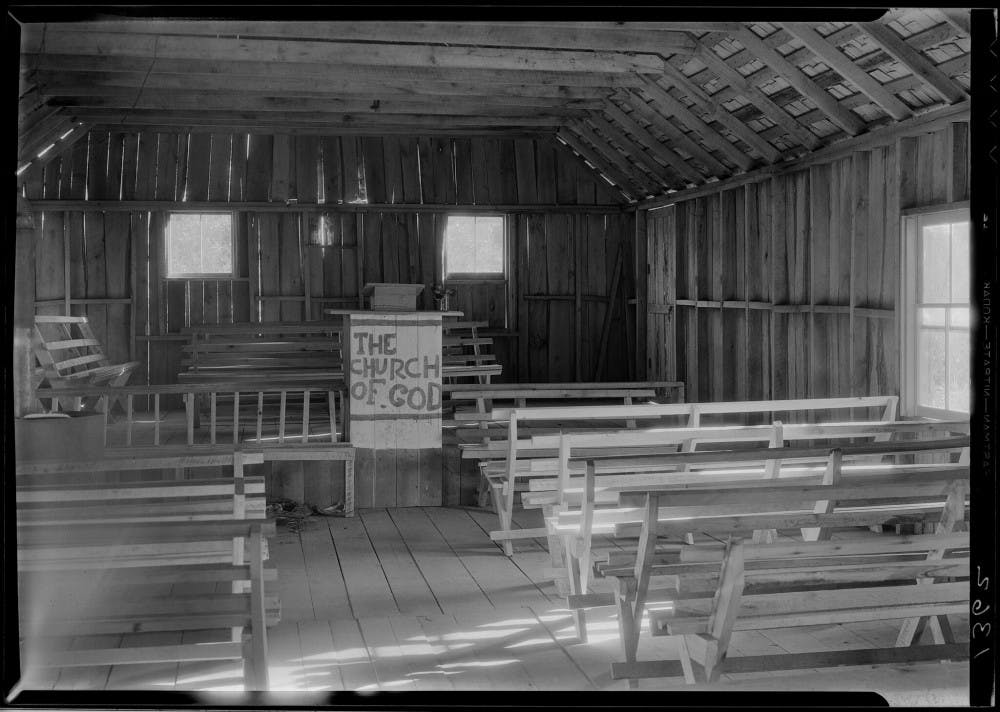“Bayard Wootten: Then and Now,” a new exhibit in Wilson Library, commemorates the library's collection of Bayard Wootten’s photographs.
Jerry Cotten, a former UNC photographic archivist, recently published a revised edition of his book, "Light and Air: The Photography of Bayard Wootten." The exhibit’s opening coincides with the release of this edition and seeks to remind the public of the significance of Wootten’s photography.
Cotten said Wootten is “probably North Carolina’s most significant photographer in the first half of the twentieth century.” He reflected on her work as he wandered around the exhibit and recounted story after story about Wootten’s photography. One story in particular was about a slave woman named Hagar Brown.
“This woman had been born into slavery, and she was interviewed for the Federal Writers' Project in the 1930s," Cotten said. "Wootten accompanied the interviewer as she was going around and interviewing these former slaves. She told about the way slaves were brutally treated during slavery times. So it’s fascinating to me to think of someone going around to photograph a person like this who is so very historic.”
Looking at a photograph like the one of Hagar Brown is a reminder that photography humanizes distant moments in the past. Schools teach the atrocities of slavery in 50-minute lesson plans, but this photograph is a reminder of the individuals that lived through this time period.
Stephen Fletcher, the North Carolina Collection photographic archivist, said Wootten was “known for her in-home portraiture."
"Rather than making people’s portraits in studio, she would go up to their homes and create portraits of people in their homes,” Fletcher said.
The photographs in this exhibit are a reminder that there is a flow to living that is difficult to capture in words. The individuals decorating the walls are individuals who lived drastically different lives than the students at UNC. When looking at the ease and comfort these individuals display in these photographs, a visitor might be reminded of their humanity, and how photography can connect two distant moments in history to create a sense of empathy.
A UNC student, Sofia Dimos, visited the exhibit and commented on the photo, “Holiness Church.” She said she was drawn to the photograph because of the building’s appearance.



